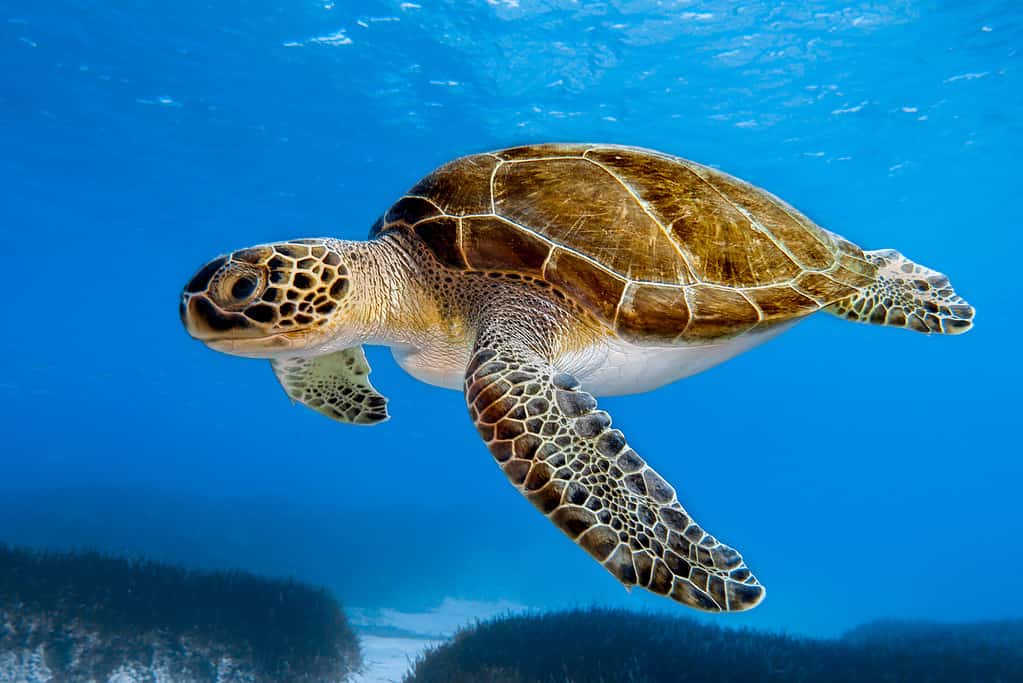Tortoises and turtles are beloved animals known around the world, but beyond that, they live longer than most animals. While life expectancies vary between species, they generally live between 40 to 50 years, with some species living over 100 years. The oldest of these is Jonathan, a Seychelles Giant Tortoise who was born approximately 190 years ago. Jonathan is older than the invention of the postage stamp, Morse code, and the lightbulb, being born approximately in 1832. So how do these land animals live so long? Let’s explore!
They Have Very Slow Metabolisms
There are several reasons why these species live so long. One is that their metabolisms are exponentially slower than humans. This means they do not use as much energy as humans do. Instead, their body functions at a much slower rate. They do not eat as much as other animals, using the food they do eat very slowly. On top of this, they have an extremely slow heart rate, with the average turtle only having 25 beats a minute. Tortoises and turtles are also able to go into a state called brumation, which is the ectothermic animal — or “cold-blooded animal” — equivalent of hibernation. This period of rest is theorized to elongate their lifespan, helping to stabilize their bodily functions by slowing them down.

Galapagos tortoises, like those pictured here, reach sexual maturity between the ages of 20-25 years.
©paulacobleigh/ via Getty Images
Tortoises and Turtles Have Late Sexual Maturity
In terms of reproduction, tortoises and turtles mature much later in life when compared to other animals. A loggerhead sea turtle is ready to reproduce between the ages of 25-35 and Galapagos tortoises mature between the ages of 20-25. Tortoises unlike most animals will remain fertile up until their death, never going through menopause. Because of this, it is more important for the species to live longer lives because of the late reproductive breeding age.
They Have A Longer Hayflick Limit
The Hayflick Limit is the amount of times a cell can divide before cell division ceases. This division is related to aging within a living organism and how long it can live. Humans have a limit of 50, while short-lived creatures such as mice have 15. Galapagos turtles which have a lifespan of over 100 years, have a 110 limit. This helps them age slower, leading to a longer lifespan.

Green sea turtles have a thick outer layer of skin that protects them from pathogens.
©Sakis Lazarides/ via Getty Images
Turtles Have An Excellent Immune System
Turtles, especially species like the Green Sea Turtle, have genes that help with immunity to pathogens. This helps them be more resilient against sicknesses and extends their lifespan further. They also have several layers of defense against pathogens, with their thick skin acting as a barrier to infection and disease. Furthermore, turtles have a large amount of white blood cells that protect them from parasites and infections. All of these factors help turtles live longer than other creatures with weaker immune systems.
The photo featured at the top of this post is © damann/Shutterstock.com
Thank you for reading! Have some feedback for us? Contact the AZ Animals editorial team.






